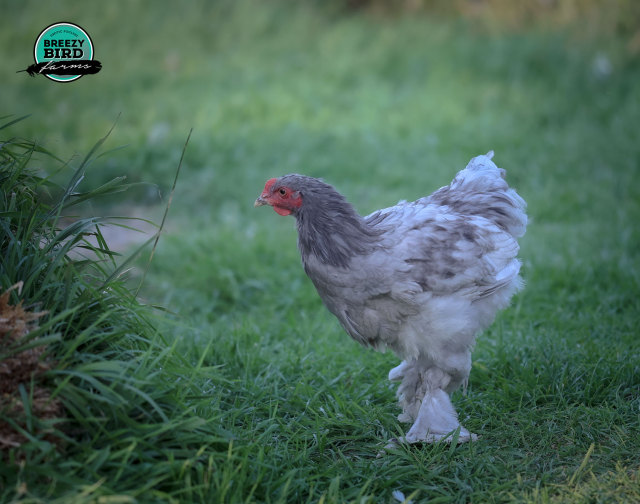Blue Poultry Gene Explained

The blue gene in poultry is a result of a specific genetic mutation that affects the expression of pigments in the feathers, resulting in a blue coloration. This gene is known as the dilution gene and is responsible for diluting the black pigment, eumelanin, in the feathers.
The blue gene is inherited in an autosomal dominant manner, meaning that a bird only needs to inherit one copy of the gene from either parent to exhibit the blue plumage color. This means that if a bird carries the blue gene, it will pass it on to approximately 50% of its offspring.
The blue gene is caused by a mutation in a specific gene involved in the production of eumelanin. This mutation alters the function of the gene, leading to a reduction in the amount of eumelanin produced in the feathers. As a result, the feathers appear blue instead of black.
It is important to note that the blue gene does not affect other types of pigments, such as pheomelanin (which produces red and yellow colors) or melanin in other parts of the bird’s body. Therefore, the blue gene only affects the color of the feathers, leaving other parts of the bird unaffected.
The blue gene can interact with other genes, resulting in different variations of the blue color. For example, when the blue gene is combined with the black gene, it can produce a darker blue-black plumage. On the other hand, when combined with the lavender gene, it can result in a softer, pastel lavender color.
Additionally, if a bird inherits two copies of the blue gene, one from each parent, it may exhibit a dilution of the blue color, resulting in a lighter shade known as “splash.” This occurs because inheriting two copies of the blue gene further reduces the production of eumelanin in the feathers.
Overall, the blue gene in poultry is a result of a genetic mutation that affects the production of eumelanin, resulting in a blue coloration of the feathers. Its inheritance pattern, interactions with other genes, and the potential for variations make it an interesting genetic trait for poultry enthusiasts and breeders to study and work with.
Candace/Breezy Bird Farms
